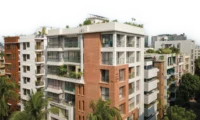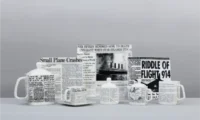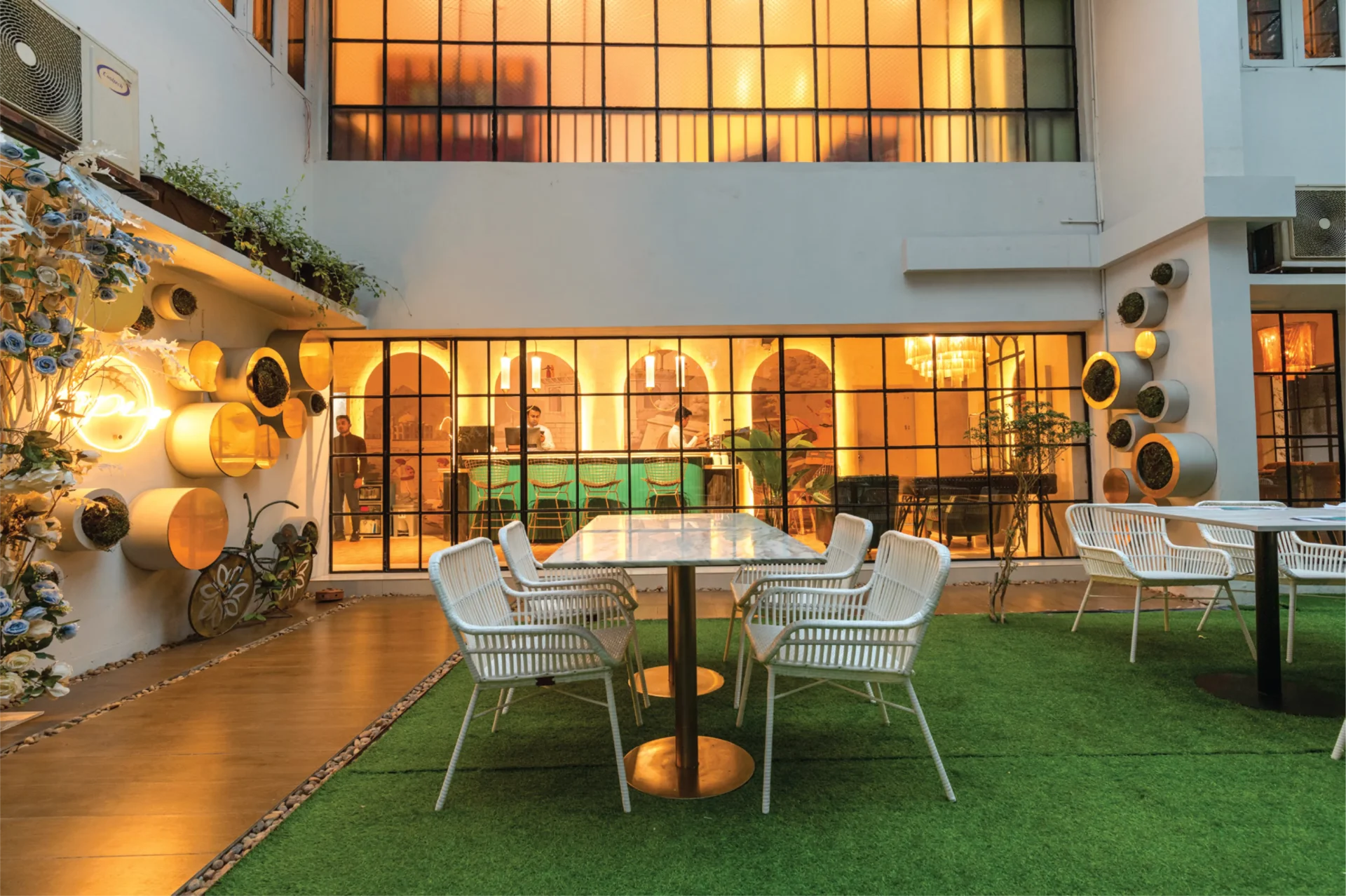
Imagine being able to spend a peaceful evening with your loved ones in the middle of Dhaka’s hectic city life, where indoor and outdoor areas flow together to form a kid-friendly environment. And now, in O’play, it’s all come to life.

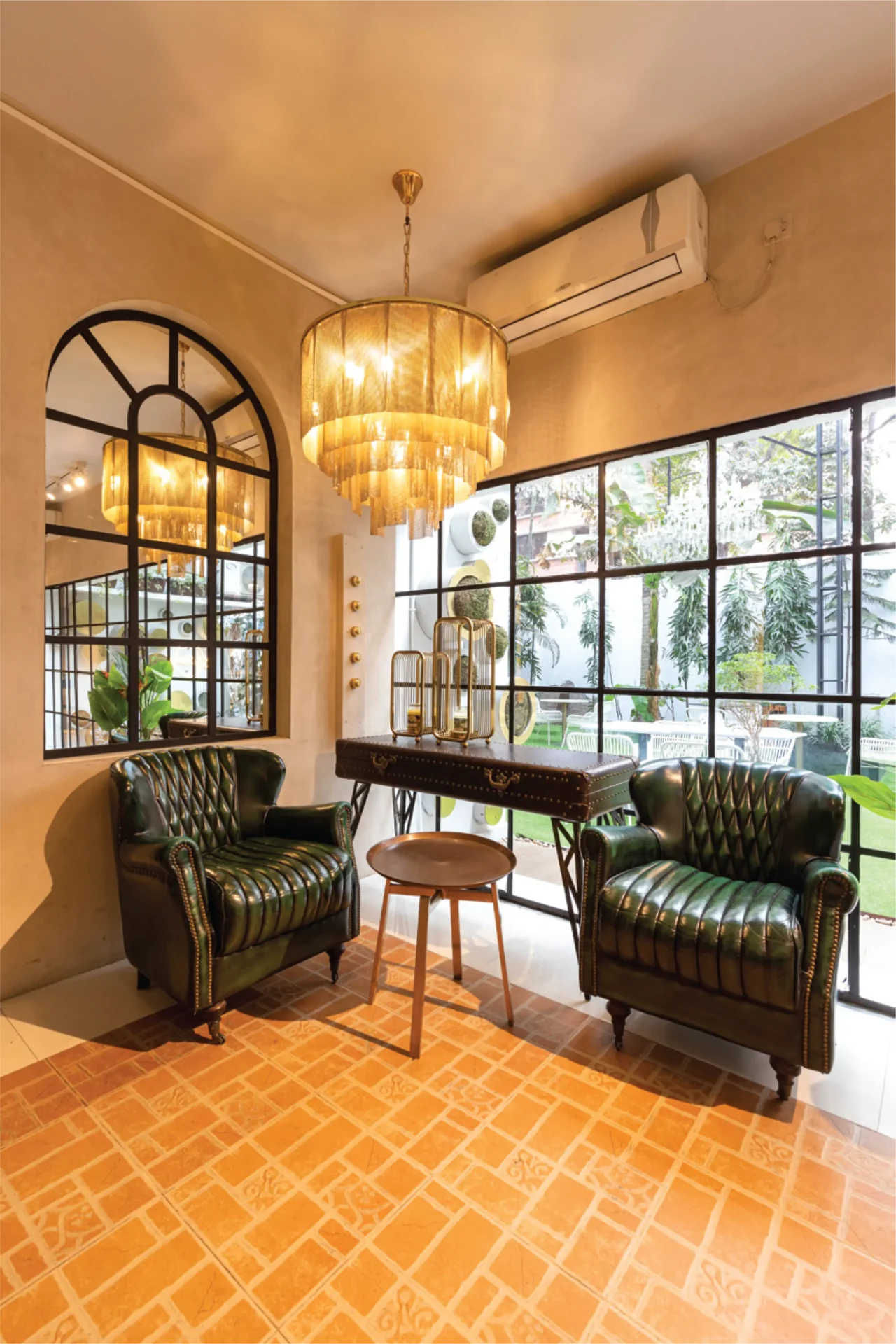
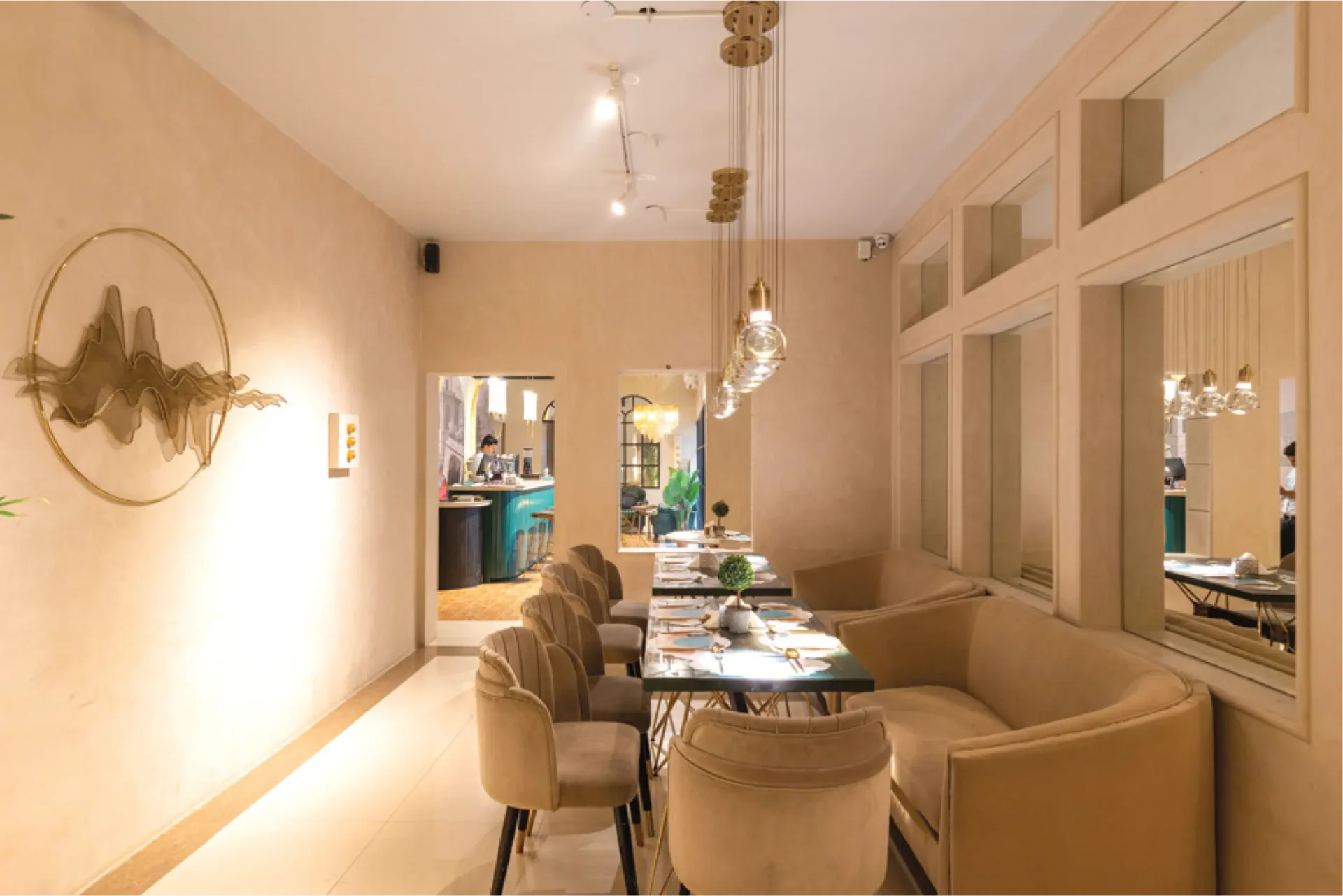
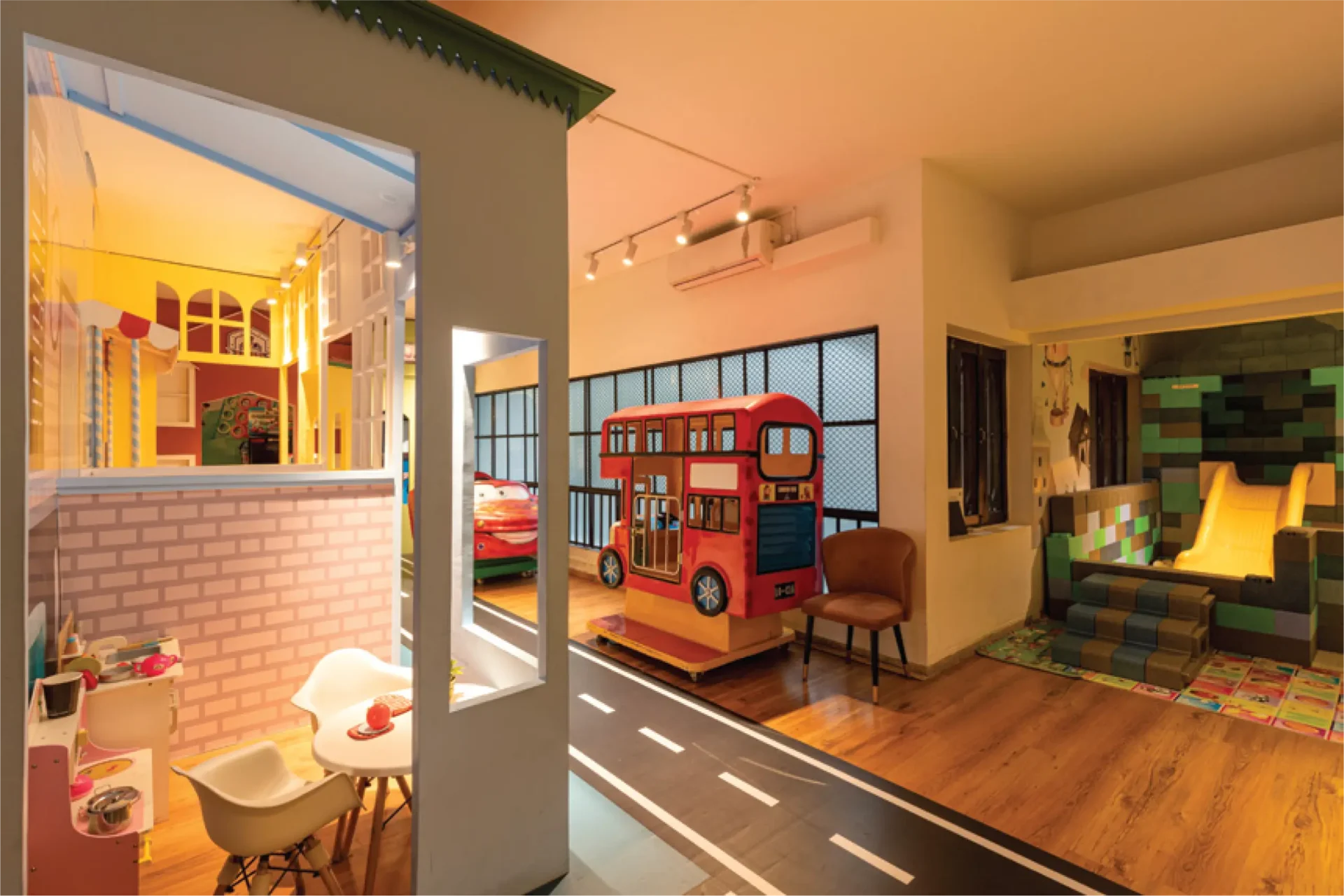

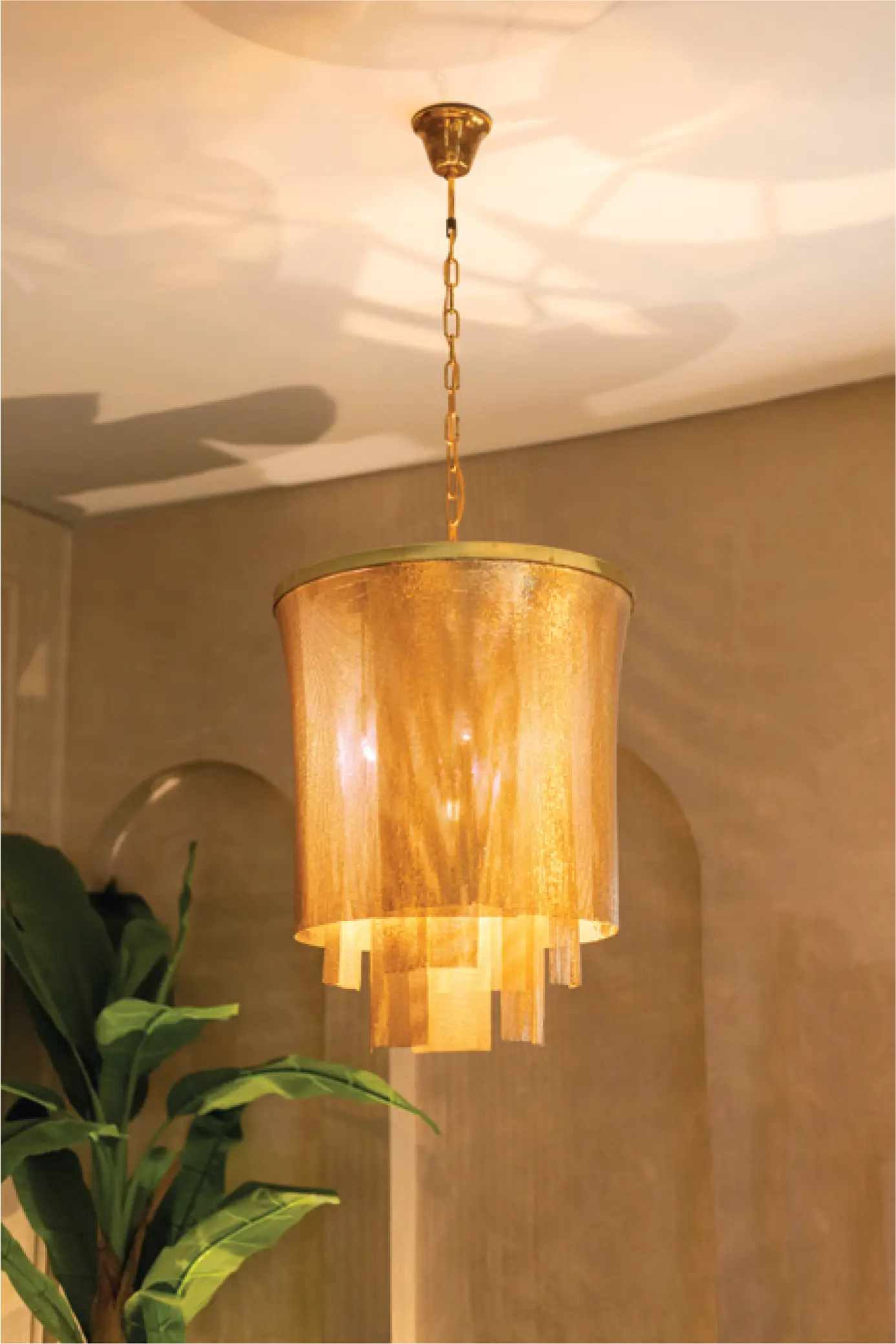
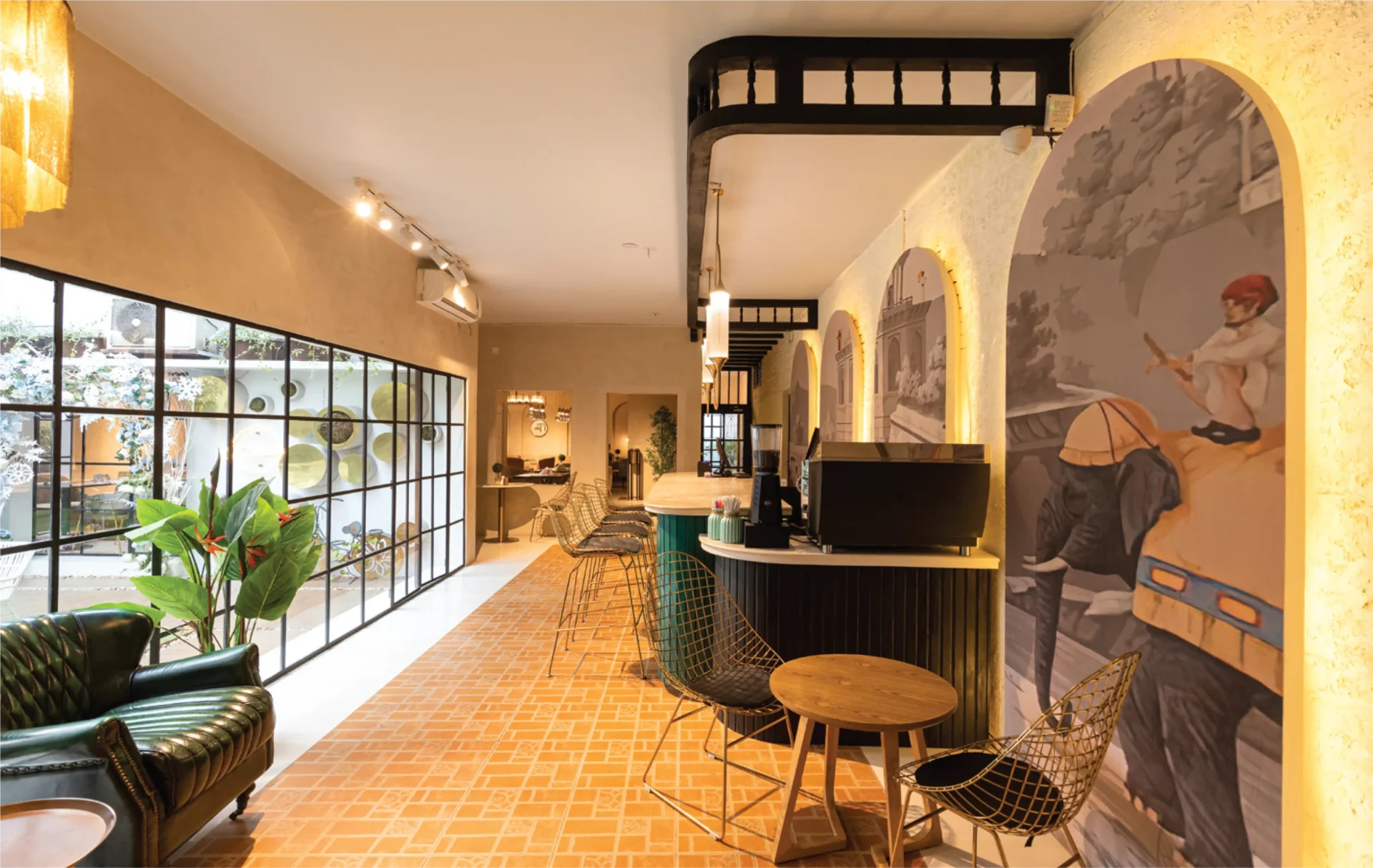

In the center of Dhaka’s relentless urban sprawl, Decathlon’s new liaison office has carved out an unexpected oasis. Designed by Studio one zero, the two-floor, 20,000-square-foot workspace is a lively yet calming blend of nature, sport, and smart design — a triumph achieved under the intense pressure of a compressed timeline. One floor of the office is devoted to a sprawling seminar and multi-purpose event space, while the other flourishes as a vibrant open-plan workspace. Together, they embody Decathlon’s global brand ethos: movement, accessibility, and connection to the environment. From the first step inside, the design immediately surprises. Natural light pours in from every angle, with open workstations, informal seating zones, and collaborative spaces stretching toward the glass walls. But what truly distinguishes the space is its deliberate, sensitive incorporation of natural elements into an otherwise urban setting — a concept that chief architect Jafor Hoq and Partner Architect Humaira Binte Hannan at Studio One Zero were determined to bring alive. Challenge Against Time “The biggest challenge for us,” says Jafor Hoq, “was the design decision against time. From the initial concept to execution, we had a very short period. And it wasn’t just about filling a space — Decathlon wanted something meaningful, experiential, and true to their brand spirit.” Working under intense deadlines and changes meant that decisions on materials, layouts, and designs had to be made rapidly but thoughtfully. “We had no time for second-guessing. Every material, every design move had to be purposeful and achievable within the timeframe,” Hoq recalls. Instead of battling the constraint, Studio one zero leaned into it, focusing on a few strong ideas and executing them meticulously. Bringing Nature Indoors — A Different Way While biophilic design is no longer a novelty, Studio one zero’s approach for Decathlon’s office is refreshingly nuanced. Instead of merely placing potted plants in corners, nature was embedded into the structure itself. The most striking feature — the tree-inspired columns — originated from a need to solve a technical problem with artistic flair. Existing structural columns, often seen as obstacles in open-plan offices, were transformed into vertical wooden sculptures. “These columns are not just cladded structures,” Hoq explains. “We intentionally gave them the form of large tree trunks, expanding outward at the top, creating a canopy-like feeling. Under these ‘trees,’ we placed high seating zones, making them natural gathering points where people can sit, stand, and connect. It’s about reinterpreting indoor nature — not just bringing in greenery but evoking the experience of being under a tree.” Materiality: Warmth in an Industrial Frame The material palette reflects a thoughtful balance between modernity and warmth. Light oak wood cladding runs through the flooring of common pathways and wraps around key architectural elements, providing a sense of warmth and continuity. “The idea was to humanize the space,” says Hoq. “We were working with an exposed ceiling — which gives that industrial look — but we didn’t want it to feel cold or impersonal. Using wood, texture and incorporating green , was the answer.” Meanwhile, the furniture choices favored light-colored wood and clean lines to complement the architecture without overwhelming it. Lush green walls filled with planters further softened the industrial base, offering breathing spaces that look and feel alive. Even the lighting played into the natural narrative. Angular, dynamic geometric light fixtures, seemingly random yet deliberate, mimic dappled sunlight filtering through tree canopies, casting a playful rhythm of light and shadow across the workspace. Functionality at the Core Of course, Decathlon’s office needed to be more than beautiful; it needed to work. Beyond the seminar space and open workstations, Studio One Zero integrated a variety of amenities including a gym, prayer rooms, a sick room, and a restaurant-style café. The café, with its relaxed seating and natural materials, encourages casual interaction — a deliberate attempt to break down formalities and foster an easy, collaborative culture. Flooring materials shift subtly from wood to textured carpet tiles to indicate different zones without physical barriers, preserving the openness. Every design choice speaks to movement, flexibility, openness and wellness — values at the heart of both Decathlon and Studio one zero’s architectural philosophy. A Space That Moves People In the end, Decathlon’s Dhaka office is more than a workplace. It’s a living, breathing environment, where the boundaries between indoor and outdoor, formal and informal, structured and free-flowing, are beautifully blurred. Studio One Zero’s bold vision — executed under a limited timeframe — has resulted in a space that isn’t just seen; it’s felt. A place where employees can experience the spirit of sport, the calm of nature, and the excitement of innovation, every single day. “We didn’t just design an office,” Jafor Hoq smiles. “We designed an experience.” Written By Fatima Nujhat Quaderi Photo: Truphoto Studio
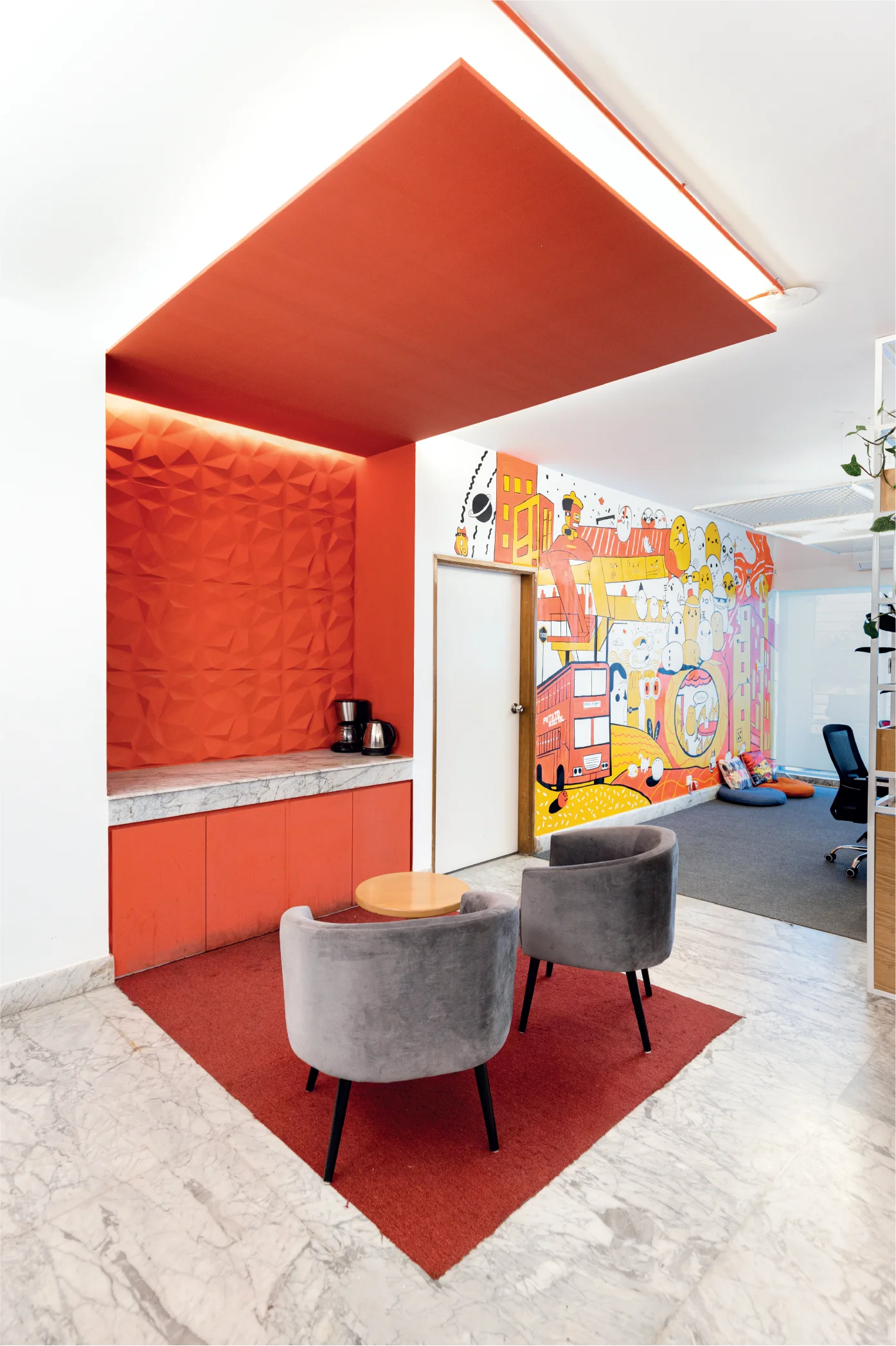
Designed by architects Sanzid Iqbal Rizvee and Rubayet Ferdous, construction for the Potato Digital Office commenced in May 2022 and was successfully inaugurated in June 2022. Remarkably, within a brief period of 45 days, the team efficiently designed and executed the vibrant space at their new Gulshan branch. Soon, the office turned out to be the talk of the town.
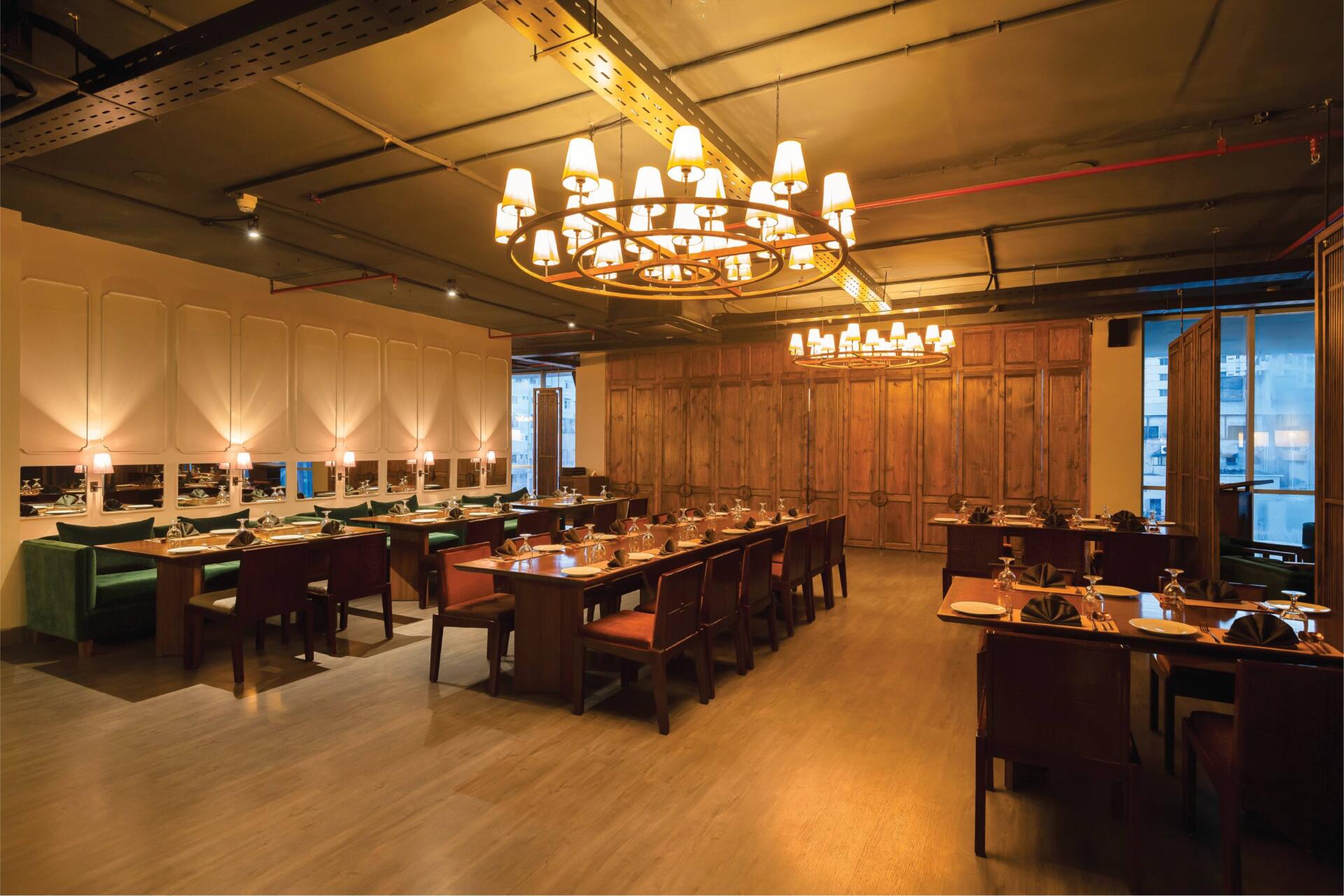
It’s a cosy Thai restaurant that transports one into the cultures and feels of Thailand through its rustic approach and earthy colour palette. So, be prepared to feel the vibes of Thailand and enjoy the warm atmosphere with a great dining experience. Most people know Thai Emerald as a go-to place to enjoy good Thai cuisine. Since its inception in 2012, Thai Emerald has strived to bring the flavours of Thailand to Dhaka – from Uttara to Gulshan to Dhanmondi – through its design and food. It has progressed over the years. Architect Rafia said their goal was to reflect the food served and the geographical setting of the restaurant while making the design. During the design of this restaurant, she used furniture and earthy tones similar to what she did with other restaurants to connect the brand and have a sense of reconciliation with the other two restaurants in town. A few of the dining chairs and the reception table and cash counter with the lotus motifs were elements that she had replicated to harmonise it with its predecessors. The wooden blocks situated on the backdrop of the cash counter pay homage to the second branch of Thai Emerald situated in Gulshan. The space was designed with efforts to keep the restaurant spacious to better accommodate large groups of people that frequent the restaurant. This was further highlighted by creating soft visual partitions through perforated separators or more solid partitions that allow big groups to co-exist with individuals or small groups while dining simultaneously. The architect wanted the diners to have elements to explore while dining at the restaurant – large cluster of doors separating private rooms, mirrored backdrops, or lamps hanging from the walls. The diners would have unique visual characteristics to ponder. She envisioned that people should be able to properly enjoy their time there. Thus, her goal was to create a warm, inviting ambiance with a play of dimmed, hand-crafted lights and splashes of earthy tones to create a soothing, delightful atmosphere for the customers. A focal element for this particular restaurant would be the doors, enclosing the private rooms, designed to be a point of attraction. “The reflection of Thailand is brought in through elements; for example, the lotus motifs in the door handles are a direct reflection. If you see Thai design, you’ll notice the use of softer lines rather than harsh straight lines, which have been reflected in the use of curved lines in the door details with softer, rounded edges,” the architect explains. Designing the small doors and playing around with the depth and lines was an interesting element that she loved when working on the restaurant. The architect wanted the doors to intrigue onlookers instead of having a dead space with boring partitions. In keeping with modern, contemporary design, the perforated partitions are made of sleek frames and thin lines to have a stylish outlook. A lantern of ‘Beth and Chatai’ was carefully designed and crafted in the escalator zone near the entry to give passersby and incoming guests a taste of what unfolds inside. The lantern, which was a focal point, was an experimental design by the architect to challenge the bounds of what could be made with flowy waves instead of the traditional circular design. The architect also worked with multiple local artisans to create custom-designed hand-crafted lights and chandeliers made of local materials like cane, wood, bamboo, and beech. The service corridor is lined with basket-shaped hand-woven lamps that lead people into the restaurant. A mix and match of kerosene wood, gorjon wood, and plywood were used to form the wooden elements displayed in the restaurant. An essential portion of the design was focused on creating a curated colour palette of browns and greens with a touch of grey to avoid having any harsh colours and instead opt for a homogenous, complimentary, soothing colour palette. The earthy tones are further accentuated by using browns that have grey undertones so that the overall output looks well-groomed. Grey texture paint was used to highlight a wall; it includes a chamfered rectangular punch that allows a visual connection with the service corridor. “We decided, deliberately, not to use any blinds on the windows; I want the existing floor-to-ceiling windows to let in ample daylight during the day so that customers can enjoy the sun, and it also gives a spectacular view of the city during the night, “the architect said when asked about keeping the floor-to-ceiling glass windows open. She added that they have not yet had any problems regarding heat gain from the facade. A signature personal style that the architect incorporated into the design was variation in designs of the door knobs used extensively throughout the space. Starting from the door handles of the private rooms, they feature lotus halves, so when closed, they form a full lotus. The door handles were placed much lower than the standard height to create a varied look when all the doors are closed together. The door handles of the restaurant doors have linear wooden handles on glass doors, and the toilet door handles are curved inward to create a unique motif. The restaurant of Dhanmondi, too, has two entrances to cater to both lifts on opposite sides leading to the restaurant floor, a fact unique to this restaurant. The ceiling is left open to have a modern industrial feel and is painted grey to match the vibe of the restaurant, with only a thin red line of the sprinkler system showing up on the ceiling as a touch of colour in accordance with the building safety regulations. A large painting of an elephant is hung on one of the feature walls as an homage to not only the heritage of the restaurant but also to tie bits of Thai cultural elements into the atmosphere. As you enjoy dinner with a loved one in this bustling restaurant, it is possible to have an immersive Thai food experience with plenty of laughs and

